Commentary: The high cost of California's green energy policies
Published in Op Eds
Since the early 2000s, governors and legislators from both parties have signed onto a climate agenda in California that is making energy steadily unaffordable.
Gasoline in California, according to AAA, which tracks national gas prices daily, costs an average of about $4.78, compared with $3.16 nationally. The cost of electricity in the state is now the highest in the continental U.S., at 30.22 cents per kilowatt hour.
You might want to blame the discrepancies on greed — Big Oil practicing price gouging, as Gov. Gavin Newsom has suggested, and utilities lining their shareholders’ pockets. But at the pump and on your light and power bill, California’s high energy prices are better understood as a self-inflicted wound, traceable to the state’s quixotic green energy policy.
The notoriously high cost of gas in the state is the result of a lot of factors — we tax gas to pay for road infrastructure and a less-polluting fuel mix in the summer months. Last year, Sacramento decided to move harder, faster toward its goal of a carbon-less future, adding disincentives for refineries and incentives for EVs that the California Air Resources Board has predicted will add 47 cents a gallon at the pump.
Overall, California’s zero-carbon climate policies — pushing EVs as your next car purchase and heat pumps to cool and heat your house — rely largely on electricity that in turn depends on expensive, and intermittent, energy sources, such as wind and solar. Come hell or high water, California’s leaders are trying to regulate, tax and incentivize their way to electricity that is 100% carbon-free by 2045.
Unfortunately, as green-skeptic energy analyst Robert Bryce notes in books and on his Substack, wherever governments have tried to base their energy supply on a swift shift to renewables — the UK, Germany, California — the result has been huge spikes in energy prices. Germany’s vaunted industrial economy has slowed in part, according to most observers, because of the high cost of renewable energy.
These costs also undermine California’s prosperity in multiple ways. They add to the state’s “energy poverty,” increasing an already extreme divide between haves and have nots, and not just because of how hard it is for low-income Californians to pay their gas and utility bills.
The Air Resources Board’s most recent “scoping plan”— the state framework for achieving carbon neutrality — projects that the shift to renewable energy will result in significant income declines for individuals earning less than $100,000 annually, while boosting incomes for those above this threshold.
“Carbon economy” jobs will dwindle — manufacturing, logistics, oil and gas industry — many of which are well-paying, union jobs. A study by the L.A. Economic Development Commission found that 148,000 direct and more than 350,000 indirect jobs could be threatened by policies aimed at eliminating the industry.
Worse, green technologies largely developed and embraced by Californians, such as EVs and their batteries, now mostly create jobs in red states. One reason expanding microchip firms, including Nvidia, Samsung and Taiwan Semiconductor, have located new facilities in Arizona or Texas and not in California is because of more favorable energy costs there than here. Electricity costs are a major factor in chip manufacturing.
California’s refusal to keep tapping our own fossil fuel energy resources means the state will not attract any of the massive investment aimed at, for instance, new liquid natural gas facilities.
And a renewables-only policy even threatens the green agenda it’s meant to support. The Air Resources Board calculates that to keep the state and its EVs running in a carbon-neutral future will require doubling electrical generation. And the need for more power will only be exacerbated by the growth of artificial intelligence, an industry critical to maintaining the state’s at-risk tech dominance. Overall, the demand for energy just for data centers is expected to grow by 160% by 2030, according to Goldman Sachs.
In fact, recent analyses say California will face “acute electricity shortages” over the coming decade. Not least among the reasons: a dragged-out, exorbitantly expensive and unpredictable permitting process; the difficulty in finding appropriate locales for wind turbines and solar farms; and, ironically, objections from locals and environmentalists who don’t want renewable facilities in their backyards. Case in point: Moss Landing, where a toxic fire in a battery plant, coupled with plans for offshore wind turbines, have turned locals against green policies.
To assure its economic viability, California needs to stop genuflecting to the fantastical notion that wind and solar will soon produce oodles of cheap, clean energy. The Trump administration is fast withdrawing federal support for renewables in favor of “drill, baby, drill.” In reality, short of an unexpected boom in controversial but emissions-free nuclear power, most experts project continued dominance of fossil fuels, even coal, well into the future and even in California. Last summer, Exxon Mobil’s forecast for 2050 saw the overall energy market dominated by oil (54%), with renewables reaching only 15%.
In such conditions, rather than killing the state’s fossil fuel industry, we should be using it to supply more of our needs from local drilling and refining, in addition to renewables. California, despite its substantial oil deposits, imports almost 60% of the crude oil it uses.
For all California’s green energy leadership, it’s not even a certainty that our energy absolutism does much for the planet. California since 2006 has reduced emissions at a rate about normal for all states.
Fortunately, energy realism may finally be back in fashion. Newsom’s Public Utility Commission last year decided to keep the Aliso Canyon natural gas storage facility online for now, explicitly in response to the need for gas to help bring down power bills that have been hijacked by the high cost of electricity. Newsom also granted the controversial Diablo Canyon nuclear plant a stay of execution despite environmental protests. He has even sought to keep oil refineries in the state from shutting down.
California can only prosper if it can develop affordable, reliable energy from all sources, including the state’s fossil fuel supplies. Without a change of direction, the trajectory is building toward a neo-feudal future — a state widely divided between the few rich and the many struggling.
_____
Joel Kotkin is a contributing writer to Opinion Voices, the presidential fellow for urban futures at Chapman University and senior research fellow at the Civitas Institute at the University of Texas, Austin.
©2025 Los Angeles Times. Visit at latimes.com. Distributed by Tribune Content Agency, LLC.
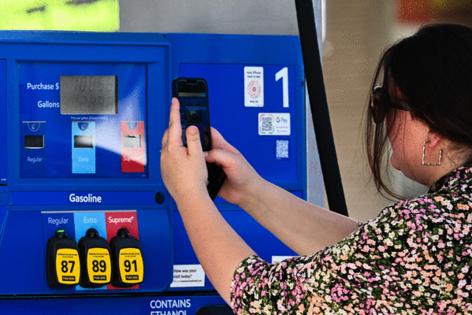






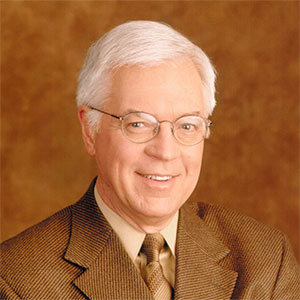
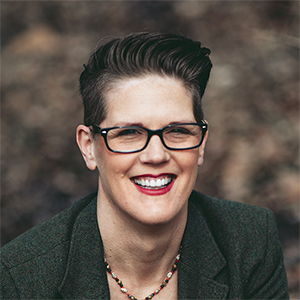


















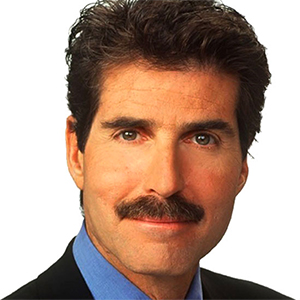

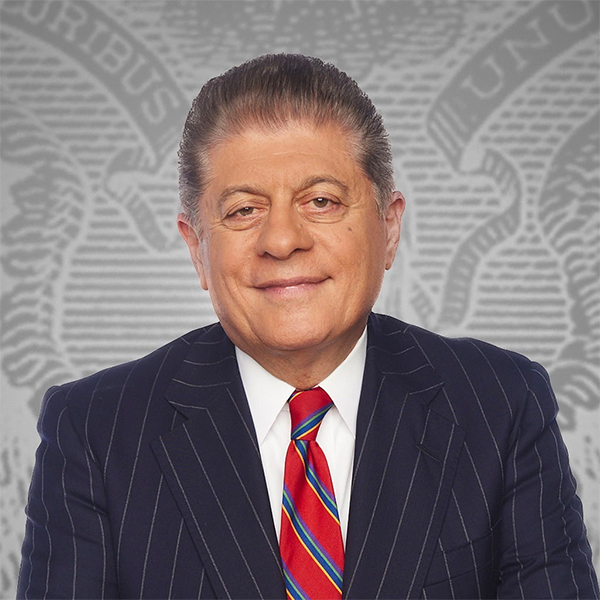



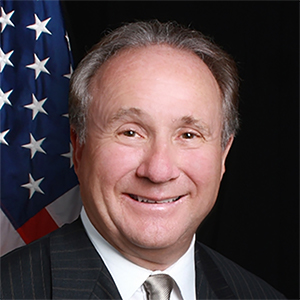

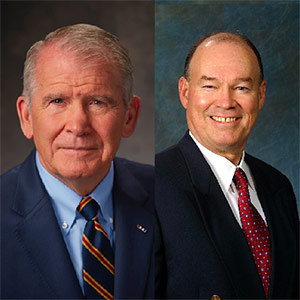

















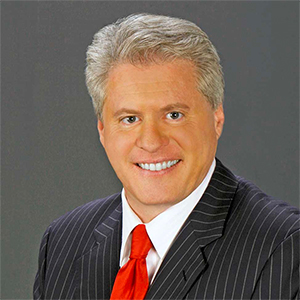
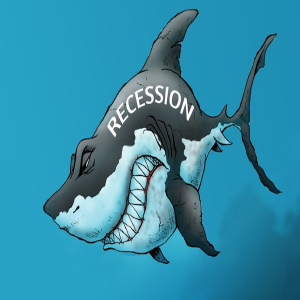





Comments